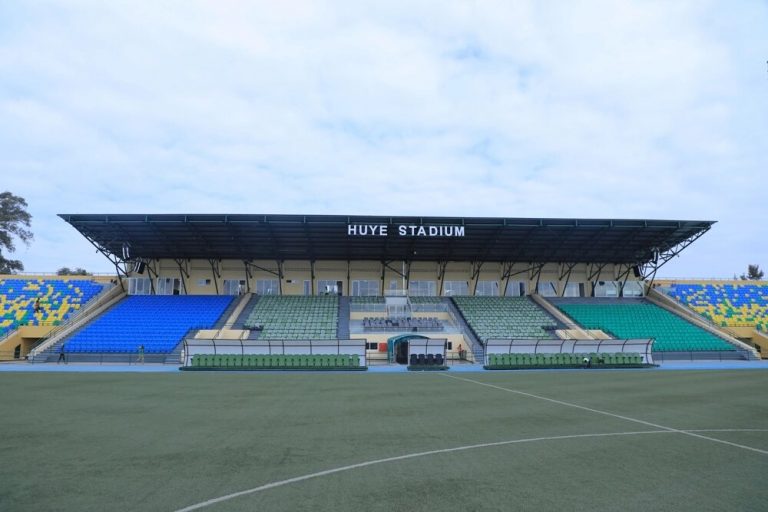
“As a tribute and recognition to this figure that makes us all great, I manifest the intention of naming our national stadium as ‘Pele Stadium’, in an initiative that, I believe, will be followed by several countries around the world […] With the physical disappearance of Edson Arantes de Nascimento, King Pele, who soon became a planetary figure, an icon of the masses showing that sport has the power to unite the world, it is now our wish to pay tribute to him,” […] in a statement that stressed the importance of Pele to Portuguese-speaking countries like Cape Verde.
Against the backdrop of this first mover by Cape Verde, a Portuguese African country (note the affinity with Brazil), I reflect upon three others including francophone Cameroon, Rwanda (debateable) and Senegal, as well as Anglophone South Africa, host of the 2010 World Cup. The least likely of these is evidently Rwanda with the less established global footballing presence (just like Cape Verde).
As for the more established Cameroon and Senegal, the former having only recently hosted the TotalEnergies Africa Cup of Nations (AFCON) between 9 January and 6 February 2022 -availing the nation an opportunity to showcase its stadia across five main cities, namely Japoma Stadium (Douala), Ahmadou Ahidjo and Olembé Stadiums (Yaoundé), Kouekong Stadium (Bafoussam), Roumdé-Adjia Stadium (Garoua) and the Limbe Omnisport Stadium (Limbe-Buea).
In the case of the latter, Senegal, thanks to Turkish investment in stadiums and sports infrastructure in Africa, Istanbul-based “Summa” built the US$260 million Diamniadio Olympic Stadium. As reported in a recent article, it wasn’t long ago that Turkish President Erdogan:
“oversaw the unveiling of his country’s latest high-profile construction project in Africa — a 50,000-seat stadium on the outskirts of Senegalese capital Dakar”.
Rwanda is implicated in conversations about Senegal and Turkish investments in Africa, as reported in the media, “the venue (Huye stadium) was initially the only option that Rwanda had if it was to host home matches but following delays in renovating both the Amahoro stadium and Kigali stadium, the tie against Senegal was moved to Dakar”.
The same firm is reportedly replicating that development with Amahoro, the national stadium of Rwanda located in Kigali City, and the now 20,000-capacity Huye Stadium, which is located in Huye District in the Southern Province of football loving Rwanda.
It is noteworthy that neither the national team, Amavubi, nor local clubs were able to host their continental competitive matches prior to now, as both were rejected from hosting the Rwanda-Senegal match following a supervision team visit from CAF which deemed them unready-thus forcing “Amavubi” to play their AFCON qualifiers against Senegal in the more ready Senegalese capital of Dakar.
Alas Huye stadium is now ready!! According to Sports Minister, Aurore Munyangaju Mimosa:
So why not consolidate on that pride with Huye Edson Stadium? Be on the lookout for our forthcoming book chapter “Public Sector Marketing Communications: Insights from/for the Primus National Football League Rwanda,” as published In: Public Sector Marketing Communications, Volume II, Palgrave Studies of Public Sector Management in Africa.

